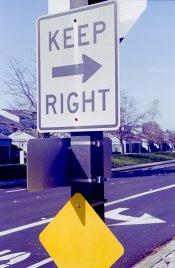jbl
Member
I've had a few rolls of C-41 from time to time show a distinct magenta cast in the shadows of the positive (scan). Often, I can correct for a color cast, but it seems that in these cases the darker areas of the frame (corresponding to the thinner areas of the negative) have a different color cast than the brighter areas.
Since it happens with some rolls and not with others, I'm assuming this is a processing error on my part. Is there any way to know what part I messed up?
Thanks,
-jbl
EDIT: I've been checking my notes on this and I think I may have seen this more with Portra 400 than with Ektar or with Fuji Pro 400H.
Since it happens with some rolls and not with others, I'm assuming this is a processing error on my part. Is there any way to know what part I messed up?
Thanks,
-jbl
EDIT: I've been checking my notes on this and I think I may have seen this more with Portra 400 than with Ektar or with Fuji Pro 400H.
Last edited by a moderator:










 .
.


